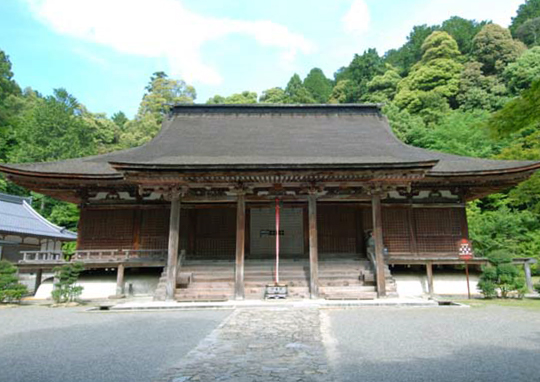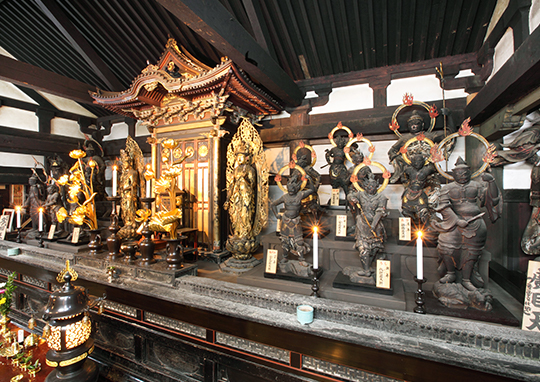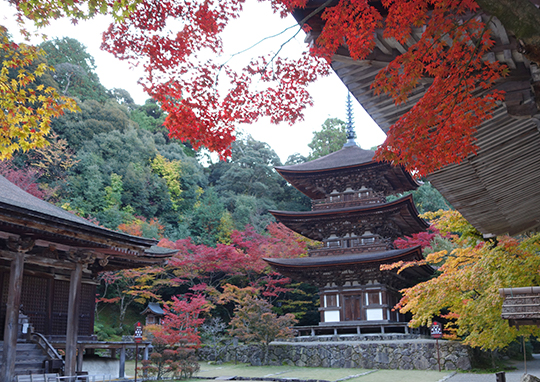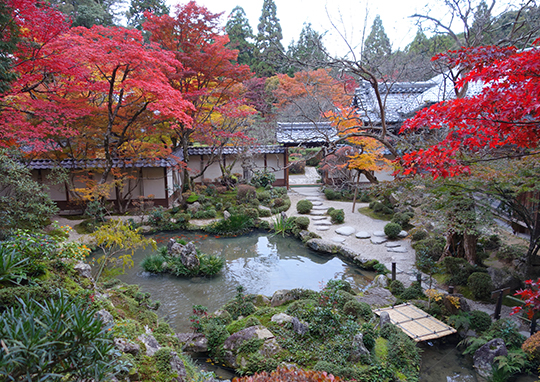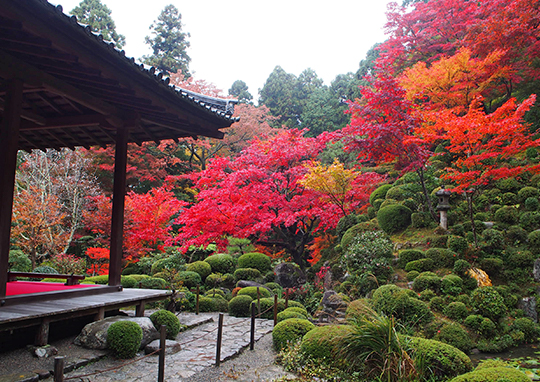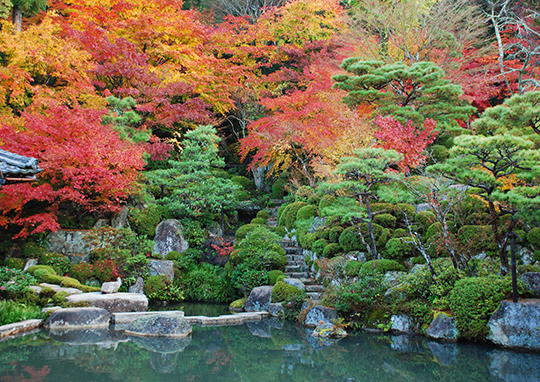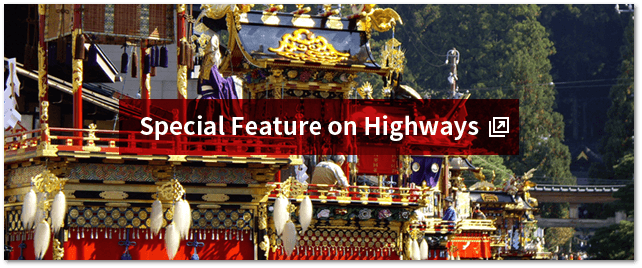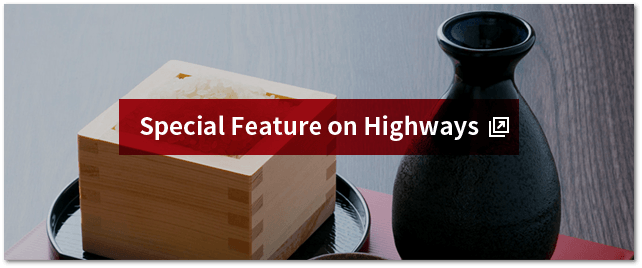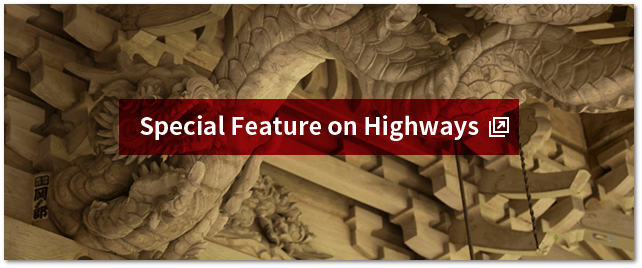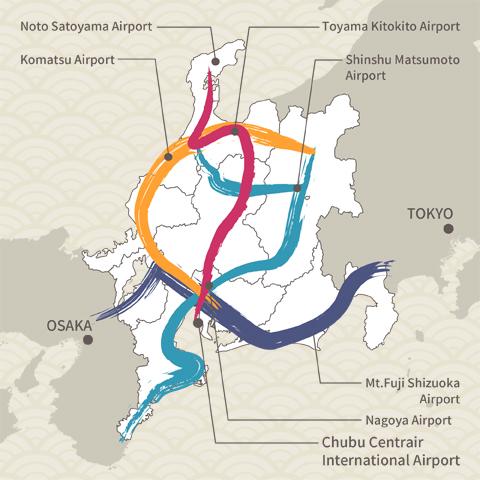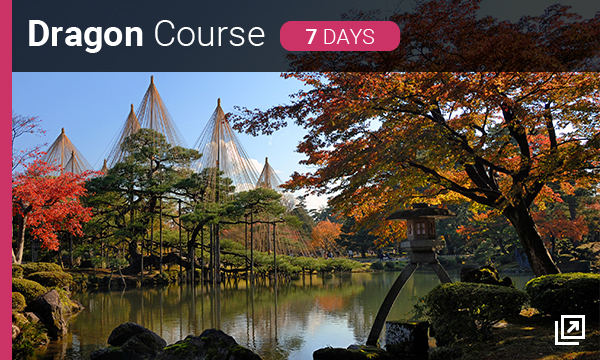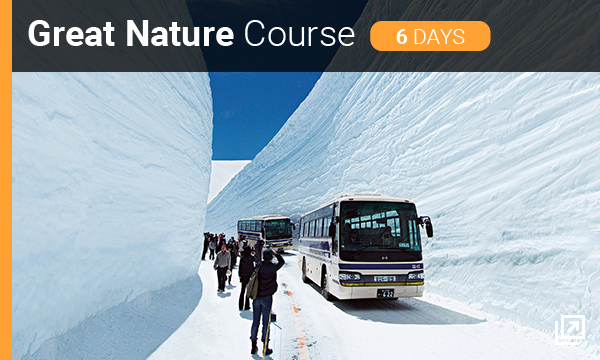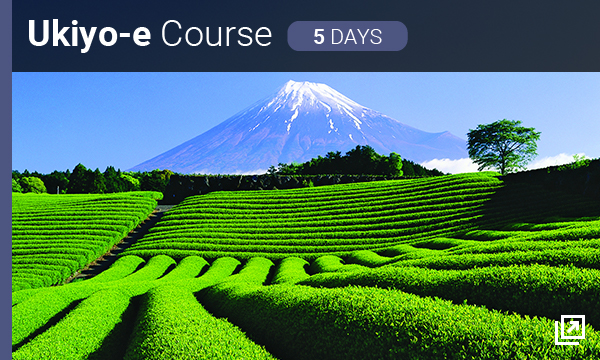Kotosanzan


Recommended activities and seasons


Encounter History and Tradition:Historic building

Spring / Summer / Autumn / Winter
Visit some of Japan's most stunning autumn foliage.
Saimyoji, Kongorinji, and Hyakusaiji?three of the most famous temples affiliated with Tendai Buddhism?are situated close to one another just to the east of Lake Biwa and the western slopes of the Suzuka Mountains in modern-day Shiga Prefecture. Known collectively as Kotosanzan, these three temples are surrounded by some of Japan's most stunning autumn foliage and are popular destination for visitors who enjoy picturesque scenes of Buddhist architecture in nature.
Saimyoji is even one of the featured locations in the photo gallery “Japan's 34 most beautiful places” on the CNN Travel website. The main hall is an excellent example of Kamakura period architecture and was one of the first historical buildings designated a National Treasure by the Japanese government. The statues of the Twelve Divine Generals, each carrying on his head a different animal from the Twelve Branches of the Chinese Zodiac, form the principal deity of the temple, which is why this temple is commonly referred to as “Zodiac Temple” by visitors. The triple pagoda has also been designated a National Treasure and is an example of cypress construction without nails by master carpenters from the Hida region. The interior murals are said to be sui generis examples of Kamakura-period art.
There are more than 1,000 maple trees throughout the temple grounds, which together with the Horaitei designated national garden are beautiful enough to take your breath away.
Experience the history and tradition imbued in the “temples east of the lake”
Kongorinji is a wonderful example of Kamakura-period Buddhist architecture that has also been designated a national treasure. Enshrined in Kongorinji are 11 Buddhist icons that have been designated Important Cultural Properties, including an eleven-faced Guanyin, an Amitābha, and the principle deity Avalokiteśvara. The temple grounds comprise a designated national garden that dates back to the Momoyama and Edo periods. Whether the fresh leaves of spring, the hydrangea of early summer, or the sanguine foliage of autumn, this temple offers glimpses of spectacular natural beauty all year round.
Hyakusaiji is a particularly historic temple, said to have been built at the beginning of the 7th century by the Japanese regent Prince Shotoku for Chinese and Koreans who had come to Japan. At one point during the Kamakura period, it was a major center of learning with more than 1,300 residents, but was later burned to the ground by the armies of Oda Nobunaga. Within the temple grounds are remnants of those days, such as the “stone wall path” and a “thousand-year Bodhi tree.” Of particular note is the spectacular view of Mount Hiei to the west of the temple grounds from a spot nicknamed the “most heavenly vista on Earth.” It is especially beautiful in the fall, when the autumn foliage is in its full glory.
Kotosanzan
Address |
Saimyoji Temple 26 Ikedera, Kora-cho, Inukami-gun, Sgiga Prefecture
Kongorinji Temple 874 Matsuoji, Aiso-cho, Echi-gun, Shiga Prefecture
Hyakusaiji Temple 323 Hyakusaji-cho, Higashiomi, Shiga Prefecture |
Hours |
【Saimyoji Temple 8:00 am to 5:00 pm
Kongorinji Temple 8:30 am to 5:00 pm
Hyakusaiji Temple 8:00 am to 5:00 pm |
Closed |
Open daily |
Cost |
Saimyoji Temple Adult, 600 yen; junior high school student, 300 yen; and elementary school student, 200 yen
Kongorinji Temple Adult, 600 yen; junior high school student, 300 yen; and elementary school student, 200 yen
Hyakusaiji Temple Adult, 600 yen; junior high school student, 300 yen; and elementary school student, 200 yen |
Phone |
Saimyoji Temple 0749-38-4008
Kongorinji Temple 0749-37-3211
Hyakusaiji Temple 0749-46-1036 |
Access |
Saimyoji Temple By car from Kotosanzan SIC, about 3 min
Kongorinji Temple By car from Kotosanzan SIC, about 1 min
Hyakusaiji Temple By car from Kotosanzan SIC, about 8 min
(During the autumn foliage season, there are shuttle bus services from JR Hikone Sta.) |
Web site |
Saimyoji Temple http://www.saimyouji.com/
Kongorinji Temple http://www.kongourinji.jp/
Hyakusaiji Temple http://www.hyakusaiji.jp/ |


Other Spots

-

Kurobe Gorge

Toyama

Natural Scenery
Onsen
Exercise
Spring
Summer
Autumn
-
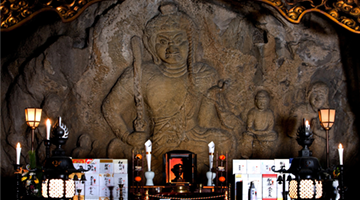
Oiwasan Nissekiji Temple

Toyama

Natural Scenery
History and Traditions
Onsen
Spring
Summer
Autumn
-
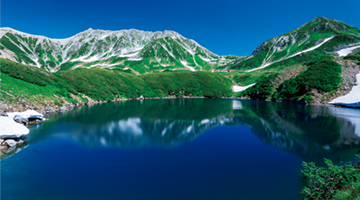
Tateyama Kurobe Alpine Route

Toyama

Natural Scenery
History and Traditions
Onsen
Exercise
Spring
Summer
Autumn
-
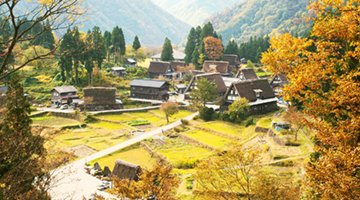
Gokayama

Toyama

History and Traditions
Spring
Summer
Autumn
Winter
-

Shirayama Hime Shrine

Ishikawa

Natural Scenery
History and Traditions
Exercise
Spring
Summer
Autumn
Winter
-
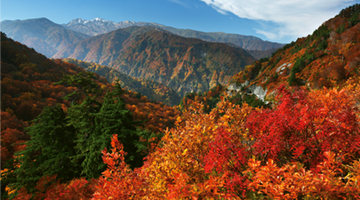
Hakusan Shirakawa-go White Road

Ishikawa

Natural Scenery
Exercise
Spring
Summer
Autumn
-
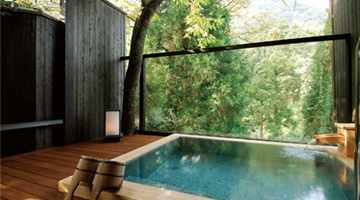
Kaga Hot Spring Village

Ishikawa

Onsen
Spring
Summer
Autumn
Winter
-

Eiheiji Temple

Fukui

History and Traditions
Spring
Summer
Autumn
Winter
-
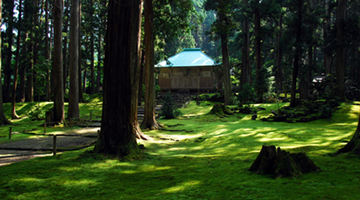
Hakusan Heisenji Shrine

Fukui

History and Traditions
Exercise
Spring
Summer
Autumn
-
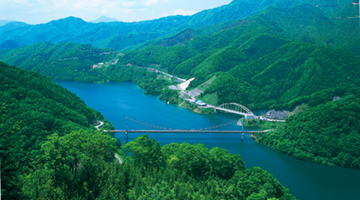
Lake Kuzuryu

Fukui

Natural Scenery
Spring
Summer
Autumn
-
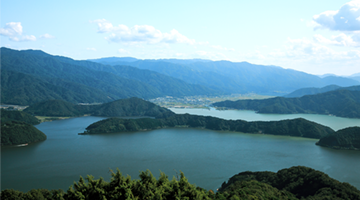
Rainbow Line Summit Park

Fukui

Natural Scenery
Exercise
Spring
Summer
Autumn
Winter
-
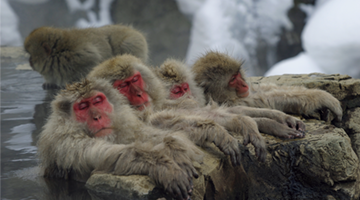
Jigokudani Yaen-Koen

Nagano

Natural Scenery
Spring
Summer
Autumn
Winter
-
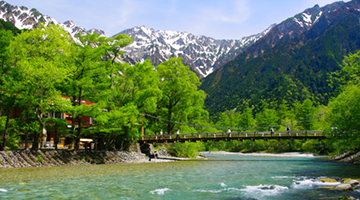
Kamikochi

Nagano

Natural Scenery
Exercise
Spring
Summer
Autumn
-

Togakushi Kodo

Nagano

Natural Scenery
History and Traditions
Exercise
Spring
Summer
Autumn
Winter
-
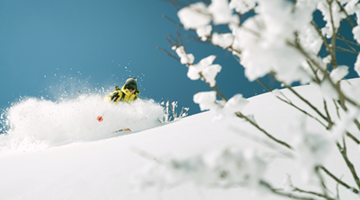
HAKUBA VALLEY

Nagano
-

Heavens Sonohara

Nagano

Natural Scenery
Exercise
Spring
Summer
Autumn
Winter
-

Akasawa Natural Recreational Forest

Nagano

Natural Scenery
Exercise
Spring
Summer
Autumn
-
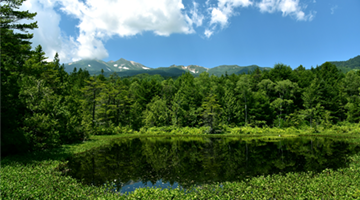
Norikura Highlands

Nagano

Natural Scenery
Onsen
Exercise
Spring
Summer
Autumn
Winter
-
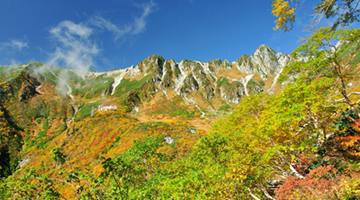
Senjojiki Cirque

Nagano

Natural Scenery
Exercise
Spring
Summer
Autumn
Winter
-
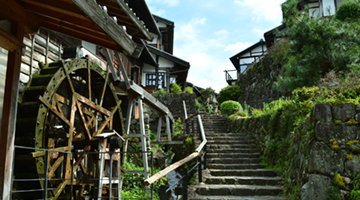
Magome-juku

Gifu

Natural Scenery
History and Traditions
Exercise
Spring
Summer
Autumn
Winter
-

The Waterfalls of Osaka

Gifu

Natural Scenery
Exercise
Spring
Summer
Autumn
Winter
-
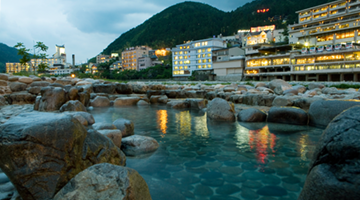
Gero Onsen

Gifu

Onsen
Spring
Summer
Autumn
Winter
-
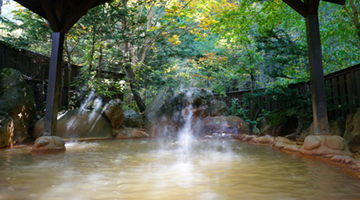
Okuhida Hot Spring Village

Gifu

Onsen
Spring
Summer
Autumn
Winter
-

Shinhotaka Ropeway

Gifu

Natural Scenery
Onsen
Exercise
Spring
Summer
Autumn
Winter
-
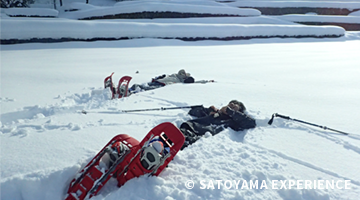
SATOYAMA EXPERIENCE

Gifu

Natural Scenery
Exercise
Spring
Summer
Autumn
Winter
-

Yoro Park

Gifu

Natural Scenery
Exercise
Spring
Summer
Autumn
Winter
-
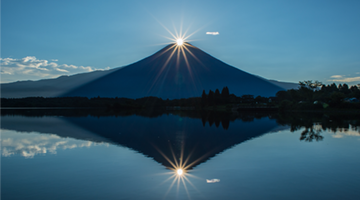
Mount Fuji

Shizuoka

Natural Scenery
History and Traditions
Exercise
Spring
Summer
Autumn
Winter
-
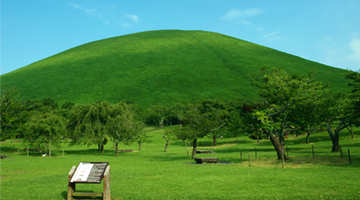
Izu Peninsula Geopark

Shizuoka

Natural Scenery
Exercise
Spring
Summer
Autumn
Winter
-
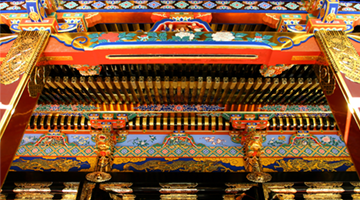
Kunozan Toshogu Shrine

Shizuoka

History and Traditions
Spring
Summer
Autumn
Winter
-
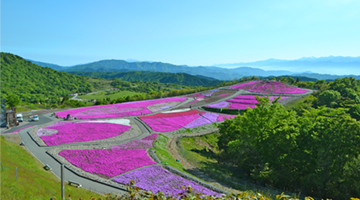
Chausuyama Highlands

Aichi

Natural Scenery
Exercise
Spring
Summer
Autumn
Winter
-
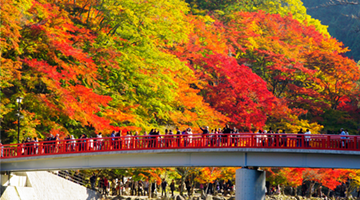
Korankei Gorge

Aichi

Natural Scenery
Exercise
Spring
Summer
Autumn
-
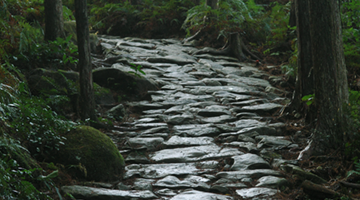
Kumano Kodo Pilgrimage Routes

Mie

Natural Scenery
History and Traditions
Exercise
Spring
Summer
Autumn
Winter
-

Mount Asama

Mie

Natural Scenery
History and Traditions
Exercise
Spring
Summer
Autumn
-
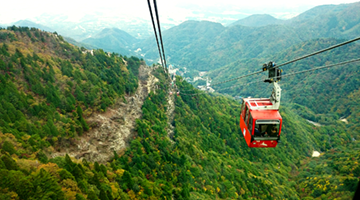
Mount Gozaisho

Mie

Natural Scenery
Exercise
Spring
Summer
Autumn
Winter
-
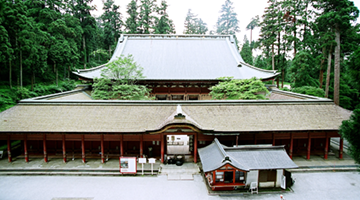
Enryakuji Temple on Mount Hiei

Shiga

History and Traditions
Spring
Summer
Autumn
Winter
-
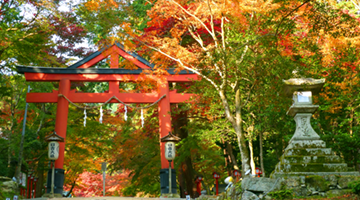
Hiyoshi Taisha Shrine

Shiga

History and Traditions
Spring
Summer
Autumn
Winter
-
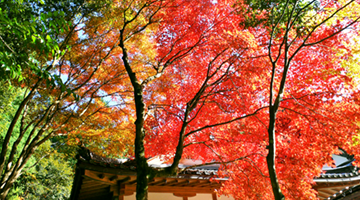
Kotosanzan

Shiga

History and Traditions
Spring
Summer
Autumn
Winter

See Other Routes

The Four Shoryudo Routes
















